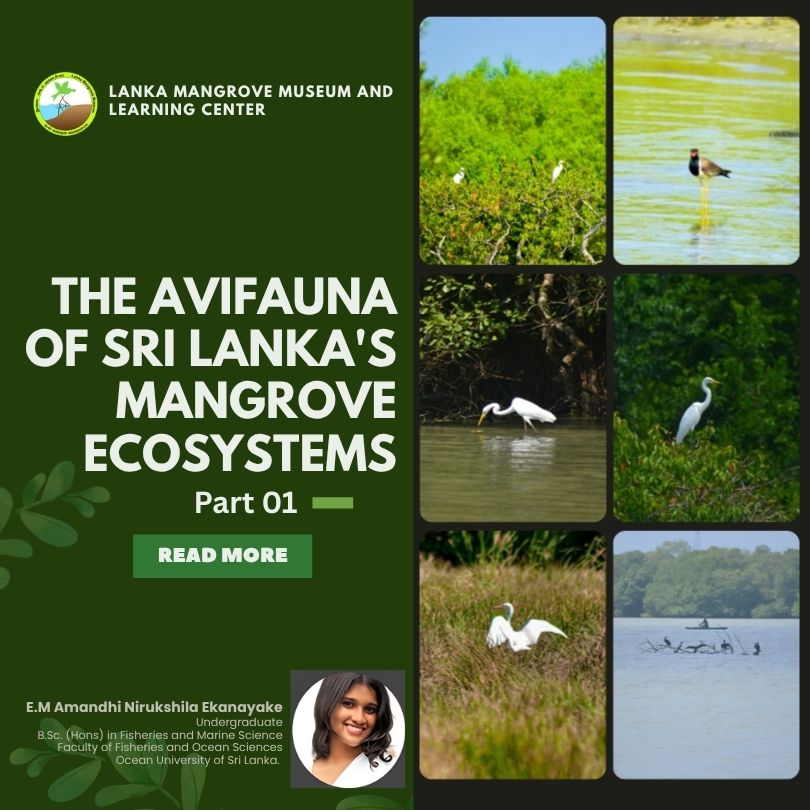Studies have found that 80% of the plastics are land-based. Plastics from landfill enter into the ocean through poor management and improper disposal of sewages and plastic wastes, costal landfill operations and litter carried through streams and rivers 9. Other sources include accidental spillage during handling and other processes 5.
Remaining 20% are the litters generated by ships/boats through recreational activities, discharge of marine litters 9, nautical activities, fishing activities and aquaculture 4. Of which commercial fishing accounts for most of the impacts. This includes discarded fishing items, together with monofilament liens and nylon netting






